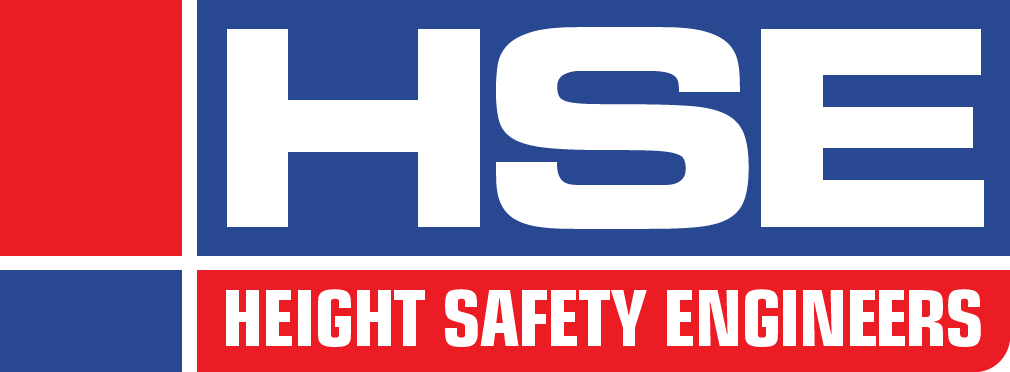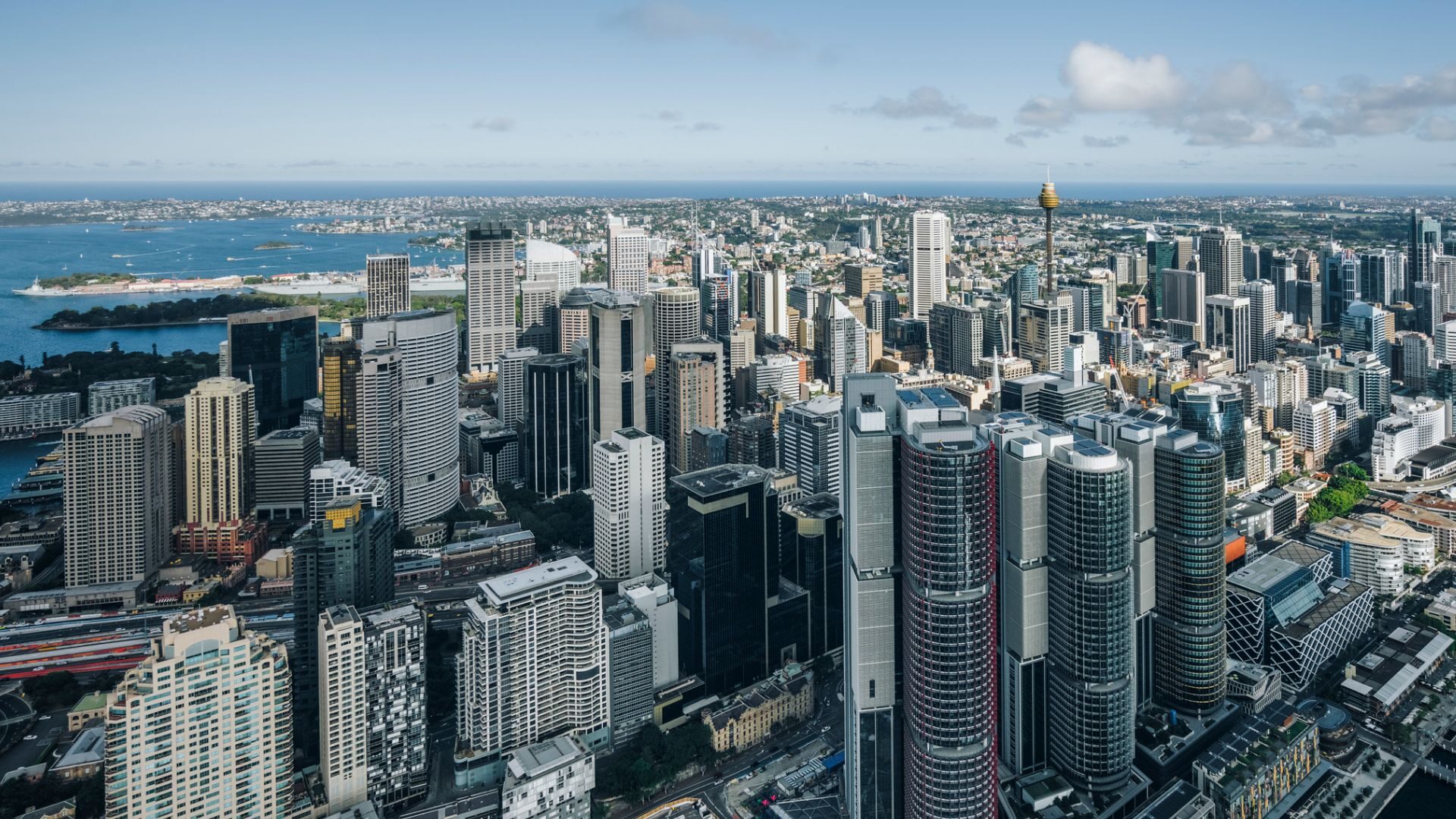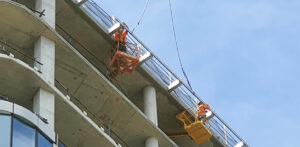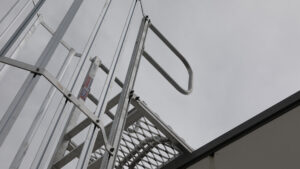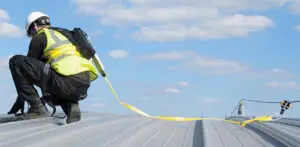Keeping all the services and systems in your building maintained is important for keeping those working inside safe and comfortable. Having a compliant height safety system can help.
We are all familiar with the need to make sure machines and systems we interact with undergo routine maintenance. Cars need registration checks, air-conditioning units get filters replaced, even regular exercise can be considered routine maintenance for our bodies.
For those responsible for managing building, routine maintenance can include items like window cleaning, having HVAC systems inspected and getting plant for elevators checked over.
Getting safe access and fall protection systems inspected and recertified should be an important part of any building manager’s routine maintenance plans. Not only are they a system in need to regular maintenance themselves, but these systems also allow technicians working on other systems to safely and efficiently carry out their work.
Height safety system compliance inspections
Compliance inspections on safe access and fall protection systems should be carried out at least annually. This timeframe comes about from the interplay between work health and safety legislation, the code of practise for managing the risks of falls and the Australian standards for industrial fall arrest systems.
During these inspections, an experienced technician visits your site and makes sure that all the fixings of your height safety system are in good working order and have been installed correctly.
Following the inspection, compliant systems are issued with a NATA-accredited certificate that covers the system for the next 12 months.
Systems that fail have their issues compiled into a report that notes which requirements of the standards are not being met, as well as a proposal for remediation work that will bring the system into compliance.
Fall protection systems’ role in building maintenance
What makes keeping your height safety system maintained just as important, if not more important, than other plant items in your building is its role in facilitating that plant maintenance and roof access.
Undertaking routine work like HVAC system maintenance, gutter cleaning and façade washing often involves the use of a safe access or fall protection system. In many circumstances these tasks cannot (or, really, should not) be completed if there is no safe way for workers to go about it.
Under workplace safety legislation building owners, facility managers and others responsible for having workers come into their site to complete work are responsible for making sure that the workplace is safe. This includes having safe access and fall protection systems in place for workers needing to access areas where a fall from height may be possible.
Identifying high-risk areas
It remains unfortunate that falls from height are the single biggest cause of injuries at workplaces. One of the main contributing reasons for this is that too many people – from the building owners all the way to contractors and individual workers – are unaware of just how many fall risks there are in a typical workplace.
A risk cannot be mitigated unless it is first identified. One way to ensure that a buildings’ risk areas are identified and have mitigation plans in place is to have a height safety audit conducted.
Height safety audits are similar to compliance inspections but go further. They check not only any fall protection systems that may be in place but inspect all aspects of a building that are routinely (or even rarely) accessed to note what risks to safety are present. It then assesses those risks for severity and develops a plan for how they can be mitigated either through the installation of a system or adjustment to work method.
Out of sight and out of mind
The nature of a fall protection system is that all too often they are not thought about until it is too late. As something that is located up on a roof, or other high-risk area, access could be limited to just a handful of times a year spread out months apart depending on the maintenance schedule of the plant or area they are for.
That “out of sight, out of mind” nature of height safety systems, combined with a contractors need to get their work completed as quickly as possible, means that in many cases years can pass between inspections and the system can become significantly dilapidated.
Having your safe access or fall protection inspected for compliance is an important part of improving safety for workers who find themselves working at heights and in other high-risk environments.
To make a start in addressing your site’s height safety needs, call the team at HSE on 1300 884 978 or email enquiries@heightsafey.net.
